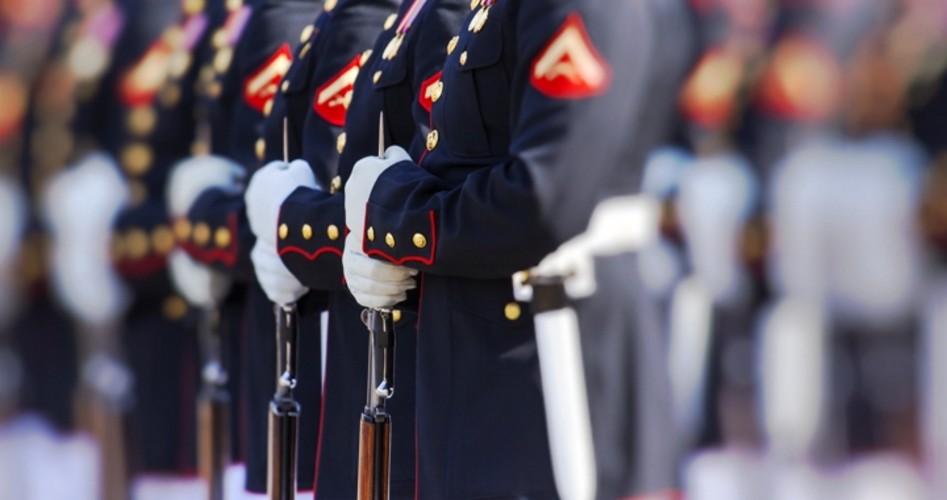
On the day he was inaugurated, President Donald Trump made a number of promises, including this one: “[I will] get rid of gun-free zones on schools and on military bases.” It took three years and two attacks on military bases in December to get Lieutenant General G. W. Smith, deputy commandant for plans, policies and operations, to implement Trump’s promises.
Smith’s memorandum, signed on December 31, reads:
This MARADMIN [Marine Administrative Message] authorizes qualified active Marine Corps Law Enforcement (LE) professionals who possess valid Law Enforcement Officer Safety Act (LEOSA) … credentials to carry concealed privately owned firearms (POF) aboard Marine Corps property in the United States and U.S. territories for personal protection not in the performance of official duties.
Smith admitted that it took those two attacks in December to get him to act:
In December 2019, the Department of the Navy (DON) suffered two fatal active shooter incidents aboard Naval Base Hawaii and Naval Air Station Pensacola. These tragic events prompted Headquarters Marine Corps (HQMC) to accelerate existing efforts to develop concealed carry policies.
What took him so long? John Lott, founder of the Crime Prevention Research Center, has for years studied how soft targets such as military bases where members of the military remain disarmed have been a virtual invitation to mass shooters. His latest study, released in July, showed that 89 percent of all public mass shootings take place in so-called gun-free zones.
{modulepos inner_text_ad}
The Saudi national who murdered three people and wounded eight others at the Naval Air Station in Pensacola had 10 minutes to conduct his attack before he could be neutralized.
This shooting came two days after a sailor shot two civilian Defense Department workers to death at the Pearl Harbor Naval Shipyard in Hawaii before killing himself.
Unfortunately, the change in Marine Corps policy comes too late, and wouldn’t have applied to those naval facilities, as each base commander, under newly revised laws passed by Congress, has the authority to issue such a memorandum. Most are still stuck in the mindset that trained American servicemen can’t be trusted with carrying privately owned firearms while serving on base.
As AWR Hawkins noted at Breitbart, “this policy [change] is a clear step forward in the effort to eliminate the soft-target attraction of military installations.”
It’s a step that should have been taken years earlier.
Image: mariusz_prusaczyk via iStock / Getty Images Plus
An Ivy League graduate and former investment advisor, Bob is a regular contributor to The New American, writing primarily on economics and politics. He can be reached at [email protected].





